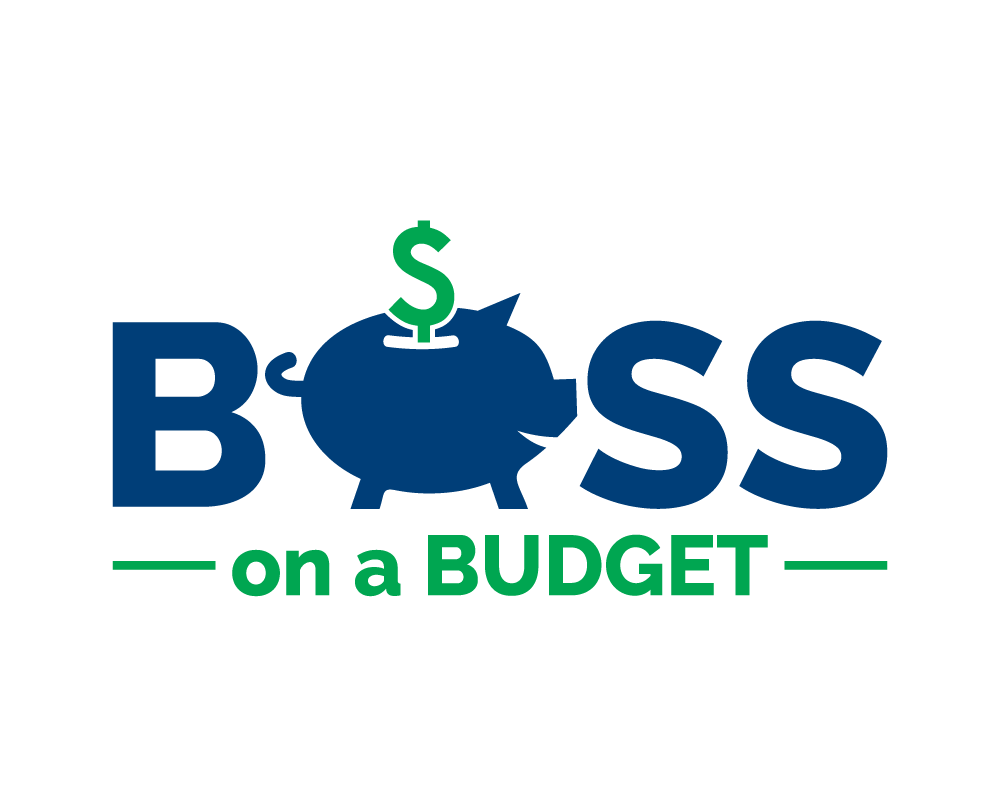7 Best Practices for Creating Your Next Event Budget
Whether you’re planning an event for a new or long-established nonprofit, understanding how to create a smart event budget is essential. A well-planned budget keeps costs in check and helps align spending with event goals—whether you’re aiming to raise funds, increase community engagement, or build awareness.
By taking a proactive approach to budgeting, your nonprofit can allocate resources effectively, avoid unexpected expenses, and maximize every dollar’s impact. Let’s walk through seven best practices for creating a budget that supports your event’s success.
1. Define Your Event Goals and Budget Scope
Before diving into specific numbers, decide on your event’s primary goals. Are you raising funds, spreading awareness, nurturing community relationships, or a combination of these? Your goals will provide a guiding framework for your budget, helping you determine how to allocate your resources where they matter most.
Once your team is aligned on your event goals, outline the scope of your budget. Set parameters for your overall budget size and identify any constraints, such as fixed costs or resource limitations. Especially for new nonprofits, having a well-defined scope will prevent overspending and lead to more realistic decision-making throughout the entire planning process.
2. Categorize Essential Budget Line Items
List all anticipated event expenses to build a comprehensive budget. Typical budget categories include:
Venue rental
Catering
Marketing
Permits and insurance
Staffing
Decor
By breaking down your budget into categories, you can see where the most significant expenses will occur and avoid overlooking anything essential. Next, separate your categories into mandatory and optional costs. For example, permits and insurance may be required, while decor can vary based on available funds.
Prioritizing mandatory expenses, like venue costs and event marketing, ensures your event can go forward as planned. This structured approach also provides flexibility with optional items, allowing you to adjust based on the final budget.
3. Research and Estimate Costs
Once you have a categorized list of expenses, it’s time to research and estimate the associated costs. This step is crucial for creating an accurate budget that reflects actual market rates and avoids unpleasant surprises. Contact potential vendors, request quotes, and use historical data if available.
Compare multiple quotes to find the best value for your money. Documenting these estimates will also streamline future event budgeting efforts, as you’ll have a baseline for what similar items might cost.
While this research process can be time-intensive, it is essential for making informed financial decisions that align with your nonprofit’s budget goals.
4. Include a Contingency Fund
Unexpected costs are almost inevitable in event planning, so set aside a contingency fund to prepare for them. A contingency fund should typically be around 10-15% of your total budget, allowing enough room for last-minute adjustments or unforeseen expenses.
Whether you run into a weather-related change, a need for additional supplies, or a rise in vendor fees, having a contingency fund provides financial flexibility and prevents unnecessary stress during the planning process. By building this buffer into your budget from the start, your nonprofit’s team can adapt to any surprises without impacting the event's overall success.
5. Explore Sponsorships and In-Kind Donations
For new nonprofits with limited budgets, sponsorships and in-kind donations can significantly reduce costs while building valuable community relationships that you can count on in the future. Sponsors may cover specific expenses, like catering or marketing, in exchange for brand exposure during the event. In-kind donations, such as venue space, equipment, or volunteer assistance, can also help you save on the cost of essential services.
Reach out to local businesses, corporations, and influential community members who may be interested in supporting your cause. Be sure to highlight the benefits sponsors and donors will receive, such as logo placement, mentions in promotional materials, or social media shout-outs. By securing these mutually beneficial partnerships, you can redirect funds toward other event needs and get the most out of your budget.
6. Plan for Tracking and Adjustments
Creating the budget is only the beginning—tracking expenses in real time is crucial to staying on target. Implement a system to monitor every expense as it occurs, whether through a spreadsheet or budgeting software specifically designed for nonprofits. Tracking will allow you to see if you’re overspending in certain categories or if any funds remain available for last-minute needs.
Schedule regular budget check-ins with your team to review progress and make adjustments as necessary. By tracking and analyzing expenses throughout the planning process, your team can stay within budget while being flexible enough to adjust priorities if unexpected changes occur.
7. Prepare for Post-Event Evaluation
After your event, review your budget to understand where you hit or missed targets and refine your future planning efforts. Evaluate the accuracy of your estimates, note any unanticipated costs, and assess whether your contingency fund was sufficient.
Look for insights on what worked well and where you can improve, such as finding more cost-effective vendors or researching free marketing tools you can use to drum up excitement. Documenting these findings will make your next event’s budgeting process smoother and more informed, setting a solid foundation for your nonprofit’s long-term financial planning.
With a thoughtful, well-structured budget, your nonprofit can plan engaging events that accomplish your goals without financial strain. By setting clear goals, researching expenses, securing sponsorships, and continually tracking progress, your team can confidently bring your event to life while staying on budget.
Adopting these budgeting best practices now will not only support the success of your current event but also empower your nonprofit to take on larger projects in the future with a financially sound strategy.

